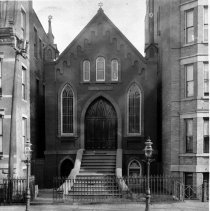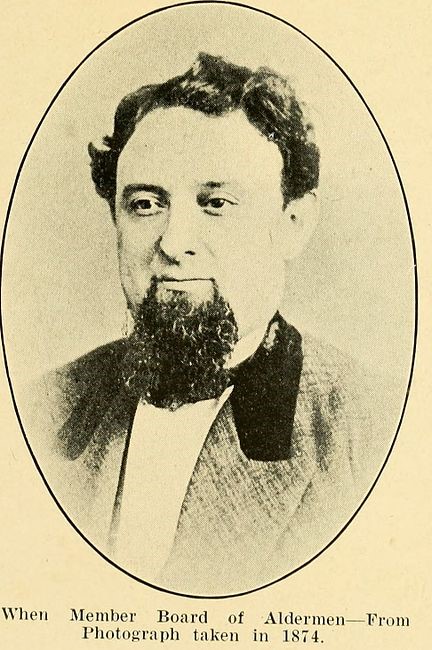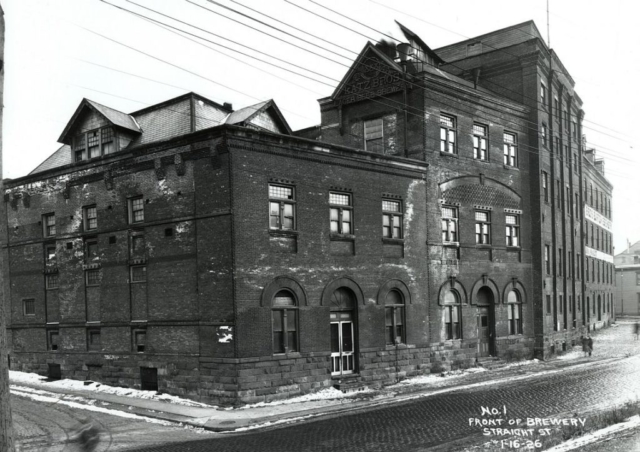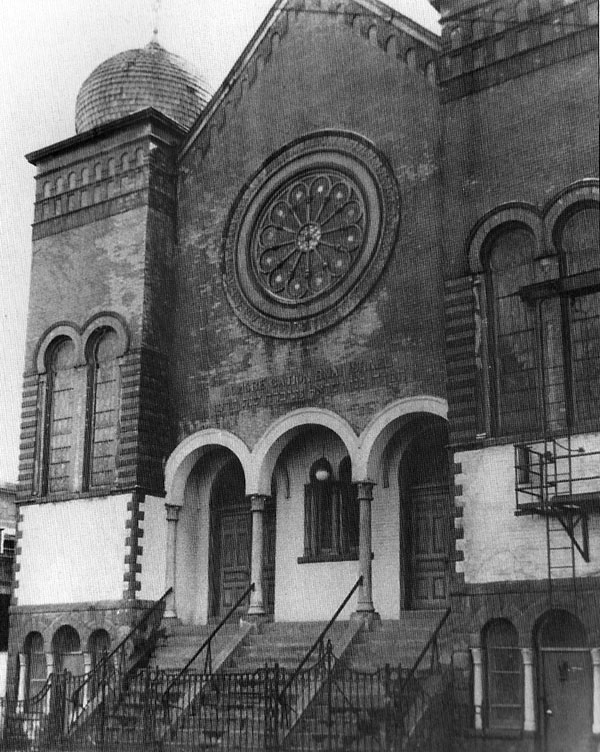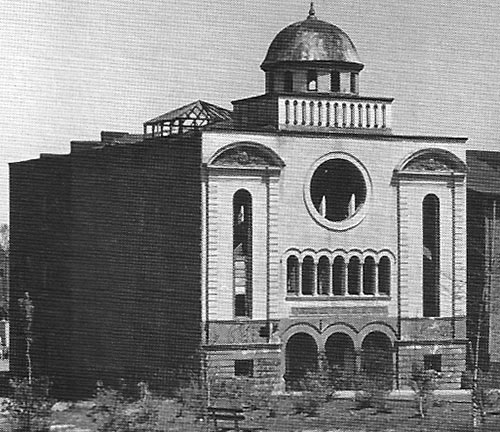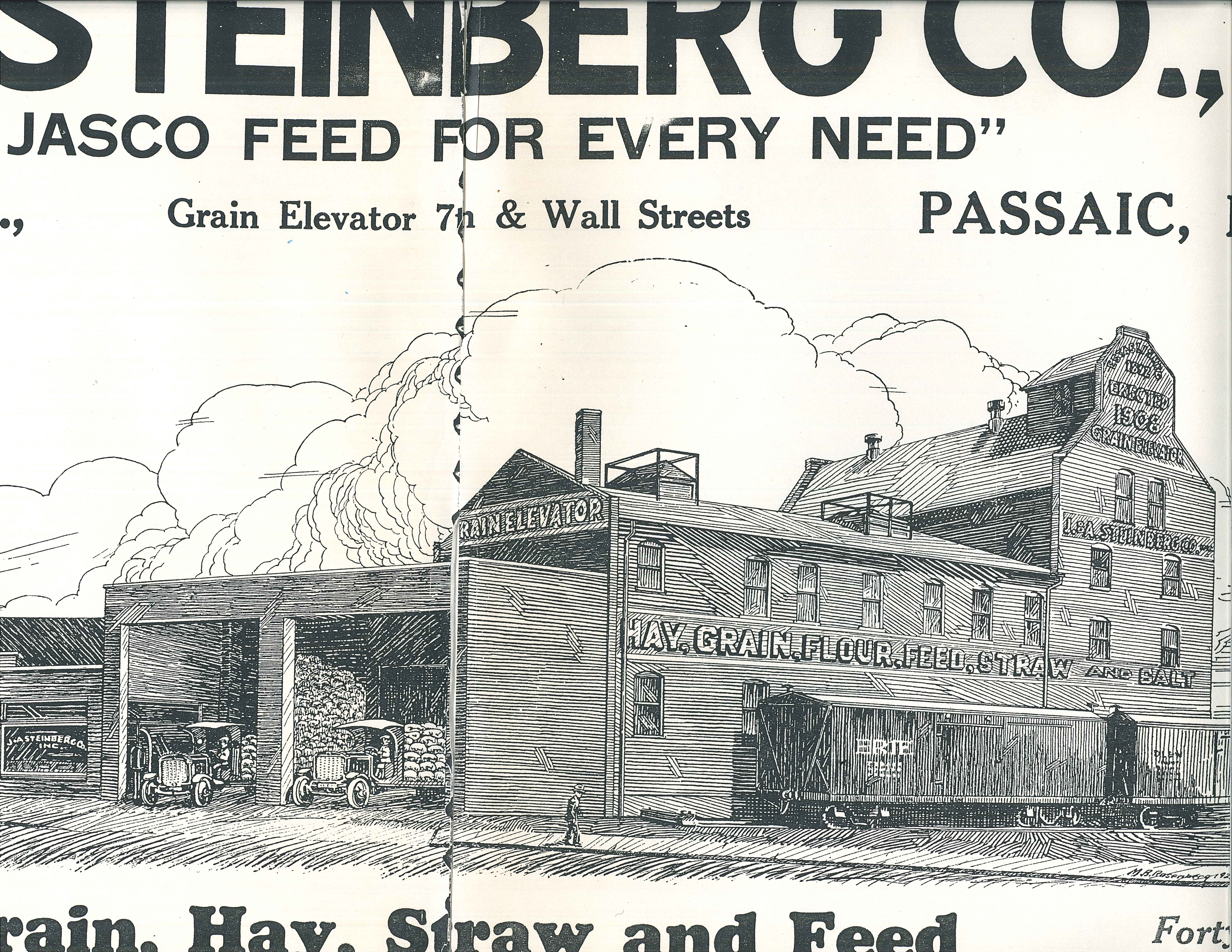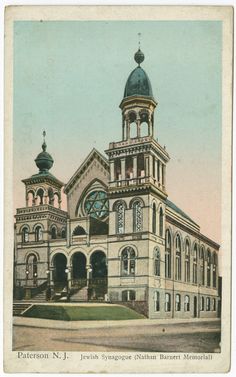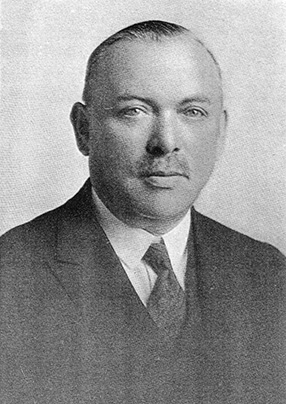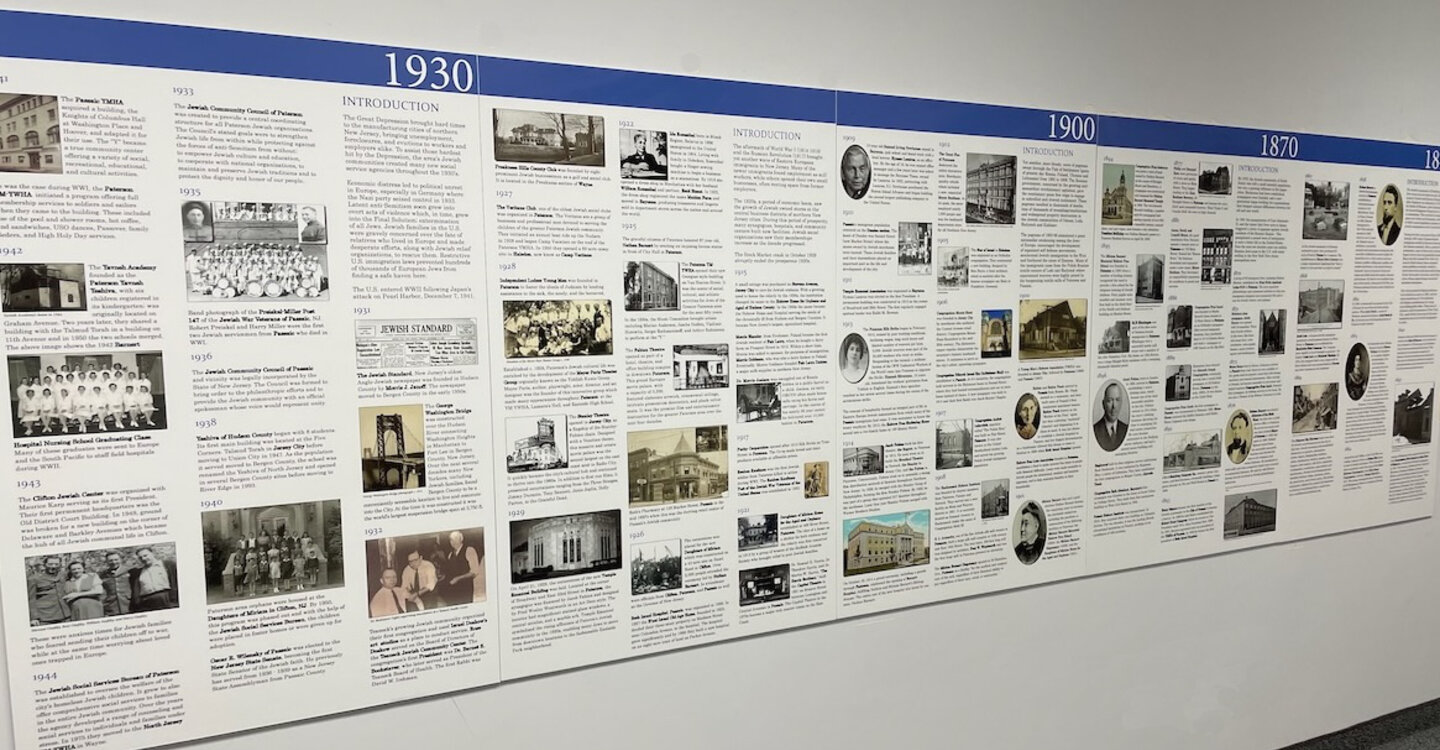
Timeline of the Jewish Community of Northern New Jersey
1870 - 1890
By 1870, the Jewish community of North Jersey was still a small minority population, but was a growing influence in the larger cities. Businesses had been established, synagogues were founded, and a new generation began building the organizations that bridged cultural differences between the old and new world.
In 1881 the assassination of Czar Alexander II, and the rumor that Jews were to blame, triggered a series of pogroms against Jewish residents of the Russian Empire.
This precipitated a second wave of immigrants to seek a better life in the United States.
Over the next two decades some one million Russian Jews came to the U.S. with many settling in the New York/ New Jersey metropolitan area.

